Technology transfer for the North-South high-speed railway does not stop at mastering operations but must include manufacturing and installing equipment and core technologies such as trains, rails and signaling systems.
After nearly 20 years of research, at the 8th session of the 15th tenure, the high-speed railway project on the North-South axis continued to be submitted to the National Assembly for investment policy.
Previously, the 13th Party Central Committee, the Politburo , and the Government agreed on the investment policy for the North-South high-speed railway and requested the mobilization of all resources for implementation.
With the increasing demand for transportation, the size of the economy in 2030 reaching 430 billion USD, nearly 3 times larger than in 2010, and public debt at a low level of about 37% of GDP, this is considered a ripe time to start construction.
The project is expected to start construction in 2027 and be completed in 2035 with a length of 1,541km. According to the design, the train speed is 350km/h, helping the travel time from Hanoi to Ho Chi Minh City to be 5.5 hours, saving 6 times more time than the normal train.
According to the plan submitted to the National Assembly, the North-South high-speed railway project has a total main line length of about 1,541km. The starting point is at Ngoc Hoi station (Hanoi), the ending point is at Thu Thiem station (HCMC).
Regarding investment scale, the construction of a new high-speed railway on the North-South axis is a double-track, 1,435mm gauge, electrified, designed speed of 350km/h, load capacity of 22.5 tons/axle.
The project passes through 20 provinces and cities. It is proposed to arrange 23 passenger stations and 5 freight stations along the entire route, meeting the function of transporting passengers, meeting the dual-use requirements for national defense and security, and being able to transport goods when necessary.
Explaining more about train technology, Minister of Transport Nguyen Van Thang said that the project offers two types of trains: The first type has a speed of 350km/h, stops only at 5 main stations, takes a total of 5 hours and 30 minutes, including stopping time at the station.
The second type of train runs at an average speed of 280km/h. This type of train usually runs on sections such as Hanoi - Vinh or Nha Trang - Ho Chi Minh City to give people more options. During the exploitation process, depending on demand, type 1 or 2 trains will be increased or decreased.
Contractor selection does not depend on foreign loans
Many people are concerned about the fact that Vietnam's railway industry is very backward. Although the railway industry is over 100 years old, it still only uses diesel locomotives from the late 20th century.
Although Vietnam has started producing D19E locomotives, it mainly imports components and assembles them, with the localization rate only reaching about 10%.
With such a backward railway industry, how can Vietnam approach and implement the largest-ever project? Will there be a repeat of the situation of capital overruns and delayed progress like the urban metro projects that have been and are being implemented?
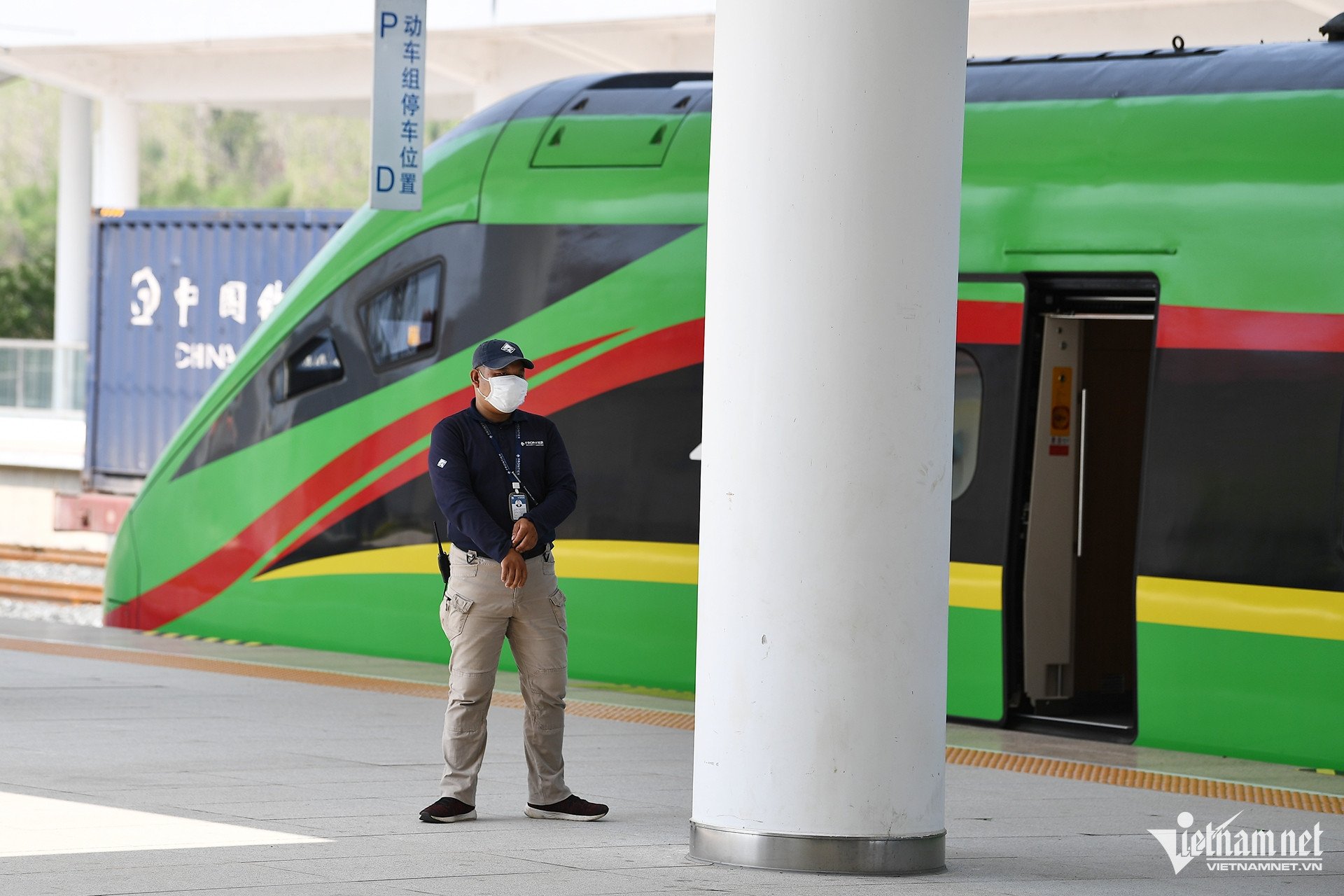
Responding to these concerns, Minister Nguyen Van Thang informed that, up to now, when implementing railway lines with very large capital of several billion USD or more, we mainly relied on ODA loans, so we were constrained and did not have the right to choose partners.
"This is a huge disadvantage and is also the reason for the price increase. For this project, the selection of partners must be in the direction of choosing a construction contractor with good quality, reasonable price and forced technology transfer," the Minister of Transport stated, the selection of contractors does not depend on foreign loans.
Agreeing with this view, National Assembly Deputy Pham Van Hoa (Law Committee of the National Assembly) said that mastering technology is very correct - foreign companies participating in bidding must form joint ventures with domestic contractors and negotiate technology transfer to domestic companies.
Domestic enterprises must take on the role of ownership.
Speaking to VietNamNet, Prof. Dr. Hoang Van Cuong, National Assembly Delegate, Member of the National Assembly's Finance and Budget Committee, said that to ensure the feasibility and progress of the project, domestic units must be transferred technology for operation and production. Accordingly, contractors must be Vietnamese, Vietnamese enterprises, not foreign investors.
Citing urban railway lines that have been and are being implemented, Mr. Cuong emphasized that if we let foreign contractors organize construction and bring in equipment for installation, we will become dependent and even have to prolong the time.
“When a foreign contractor is the main contractor, if anything happens, they will stop and we have no ability to intervene. Meanwhile, if we do it ourselves, we can concentrate our efforts, create pressure, and commit to a completion schedule.
For example, the 500KW third-circuit line, we have deployed at lightning speed. Why? Because we are the owners of those packages, we do it ourselves. At that time, the Government and the Prime Minister can urge, request, set progress and put pressure to deploy it at all costs", Professor Hoang Van Cuong cited.
According to him, the Government needs to determine: "It doesn't matter which country's technology, but it is mandatory to transfer technology to Vietnam when signing a contract."
Technology transfer is a core element in the North-South high-speed railway project. Vietnam needs to proactively negotiate to ensure that foreign contractors fully share their knowledge and experience so that domestic units can improve their capacity and autonomy in the project implementation process. This will help us ensure progress, be proactive in operational management, and create conditions for the development of a modern railway industry.
"I know that buying a ready-made system to install is cheaper in terms of initial costs, but if we accept to buy back the technology to master it, it will be beneficial forever, ensuring sustainability for future projects," said Mr. Cuong.
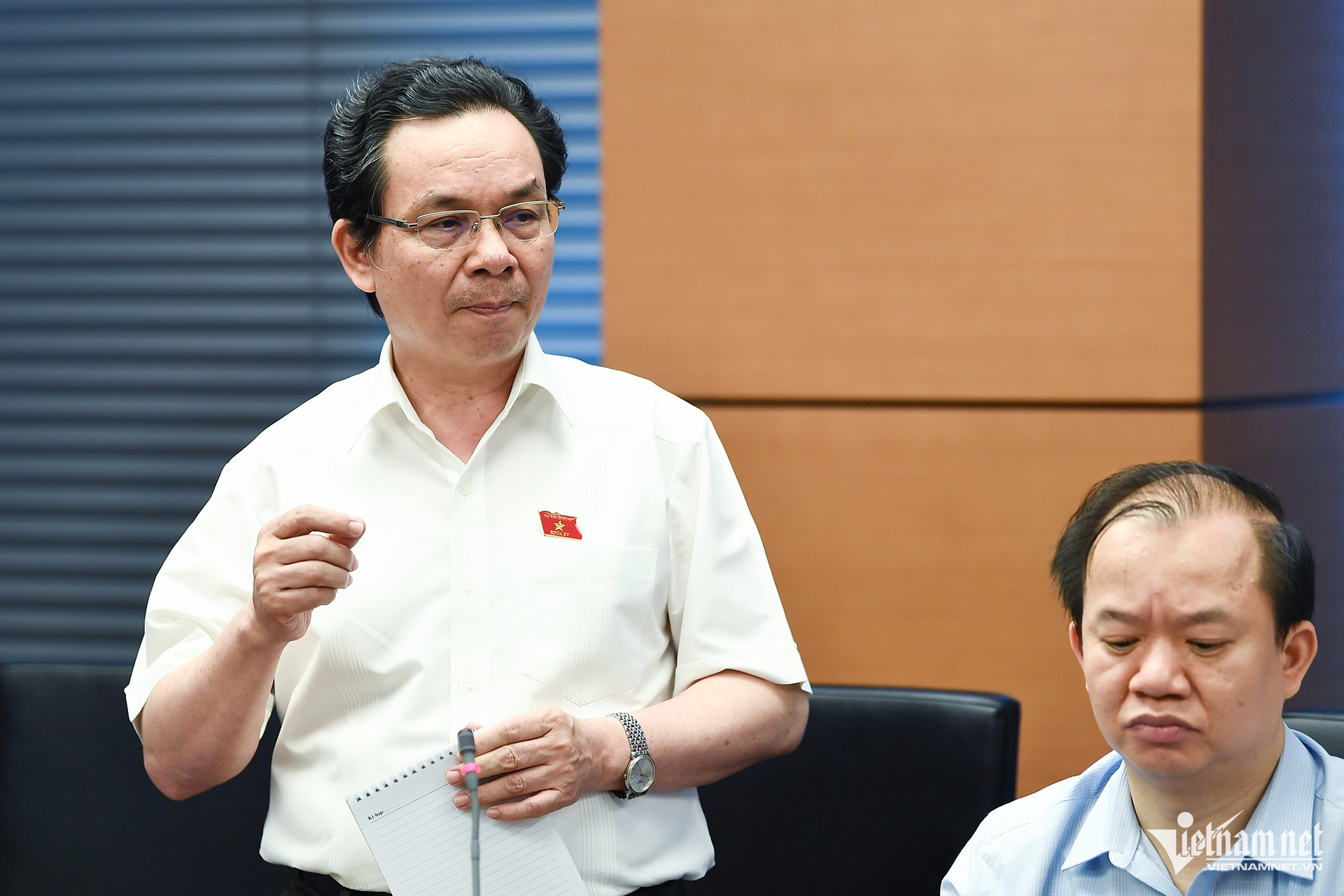
Therefore, Mr. Cuong proposed that Vietnamese contractors should form joint ventures and partnerships with foreign contractors, in which foreign contractors only stand by, play the role of transferring technology, solving technical problems for domestic contractors to construct and deploy themselves.
Citing the lack of synchronization in urban railway projects in Hanoi and Ho Chi Minh City, Director of the Hanoi Department of Transport, Mr. Nguyen Phi Thuong, said that each project using a different technology will cause difficulties in connecting transport and operating the system in a unified manner.
Meanwhile, technology transfer activities in current railway projects only focus on training human resources for operation, not really going into technology transfer and equipment manufacturing. Depending on imported equipment from abroad is not only costly but also limits the ability to be self-sufficient in maintenance and repair.
Therefore, according to Mr. Nguyen Phi Thuong, technology transfer does not stop at mastering exploitation and operation but must also include the production and installation of equipment, especially core technologies such as trains, rails and signaling systems.
"Technology transfer fee is one of the large and important expenses that need to be determined in the project," said Mr. Thuong.
The Director of the Hanoi Department of Transport proposed that the Government add a provision that foreign companies participating in bidding must form a joint venture with domestic contractors, complete technology transfer negotiations with domestic companies, and sign a complete technology transfer contract before bidding. Foreign companies that do not sign a technology transfer contract before bidding will be directly disqualified.
Source: https://vietnamnet.vn/duong-sat-toc-do-cao-bac-nam-viet-nam-co-lam-chu-cong-nghe-2343208.html



![[Photo] Cuban artists bring "party" of classic excerpts from world ballet to Vietnam](https://vphoto.vietnam.vn/thumb/1200x675/vietnam/resource/IMAGE/2025/6/26/797945d5d20b4693bc3f245e69b6142c)

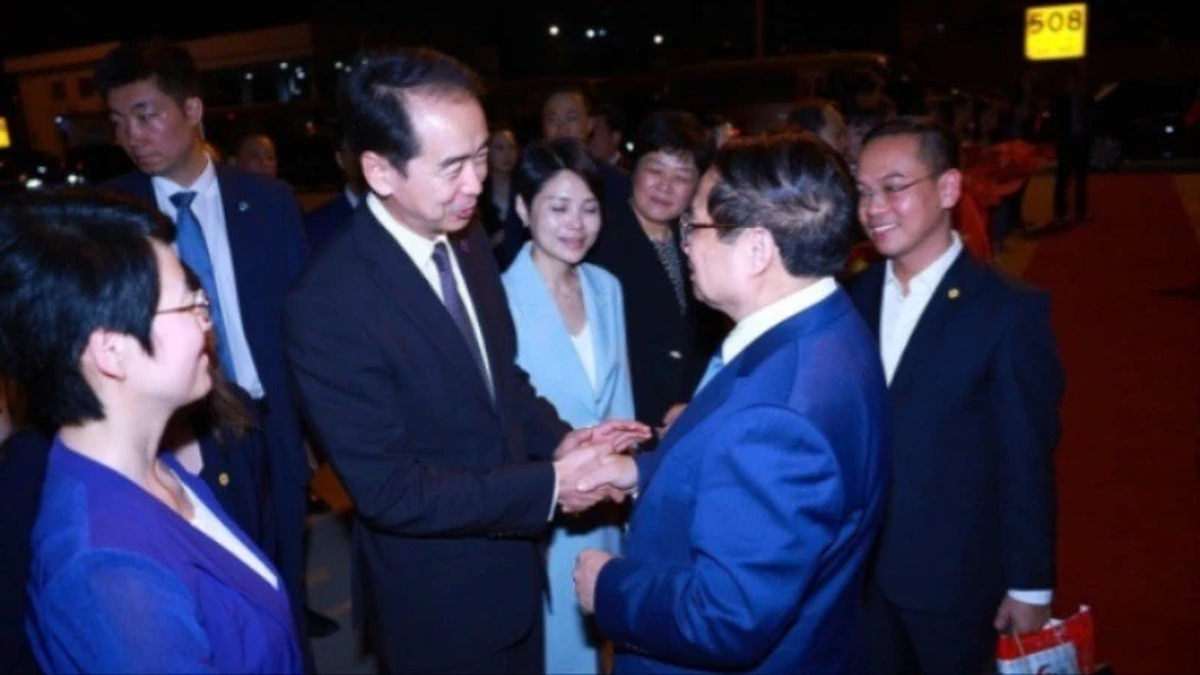



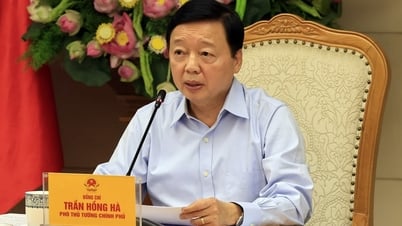

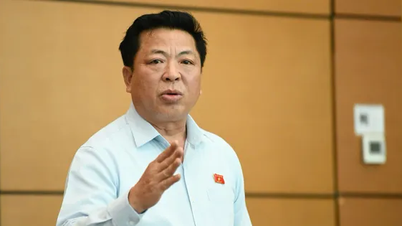





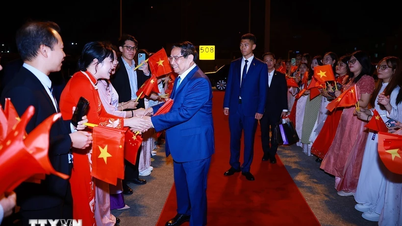

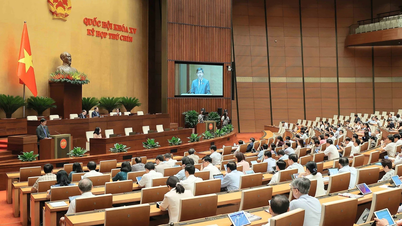
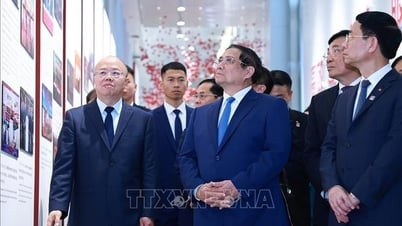

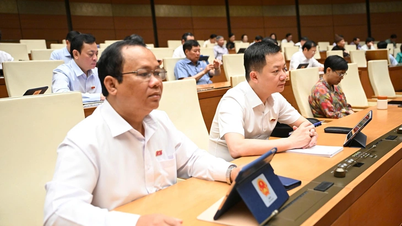
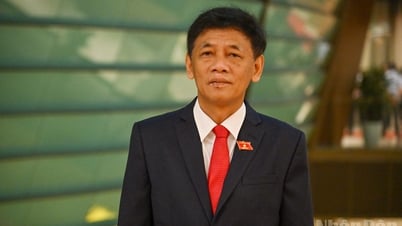







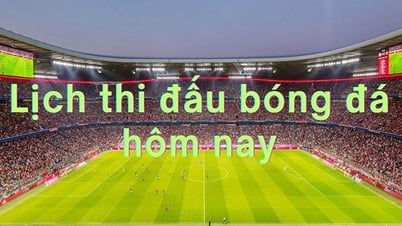




![[Photo] General Secretary To Lam receives Australian Ambassador to Vietnam Gillian Bird](https://vphoto.vietnam.vn/thumb/1200x675/vietnam/resource/IMAGE/2025/6/26/ce86495a92b4465181604bfb79f257de)
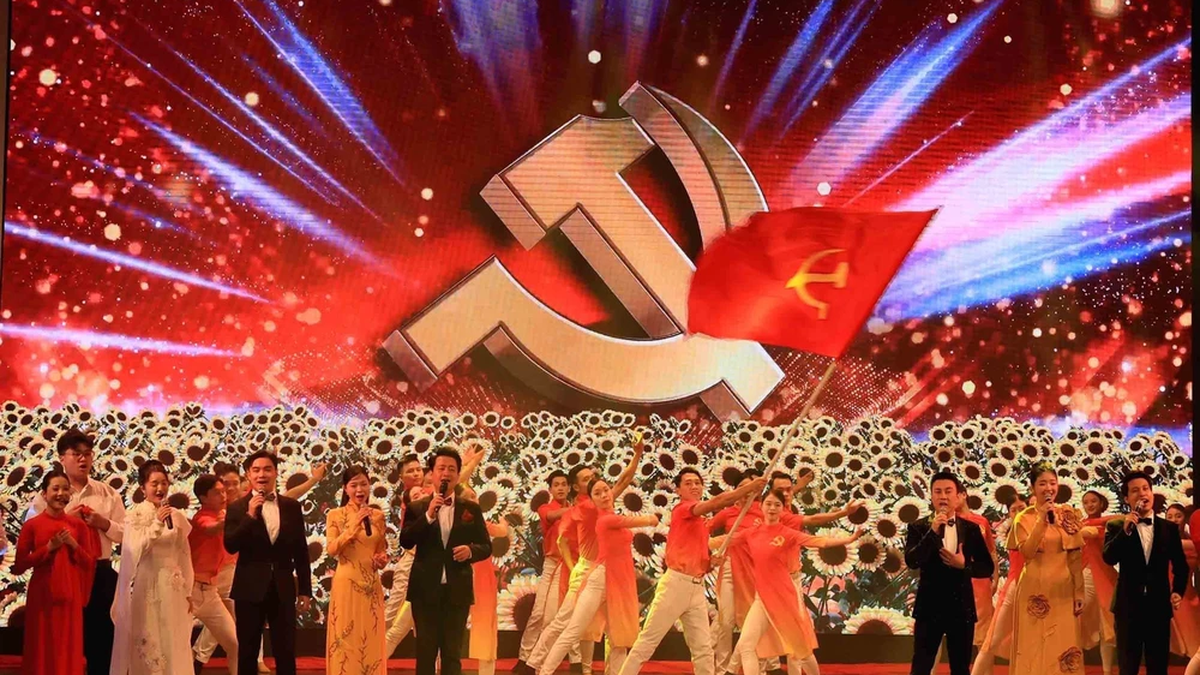



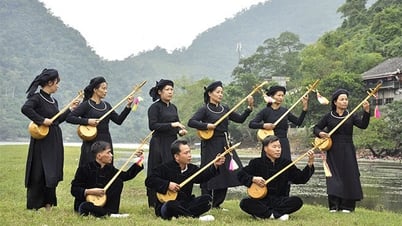







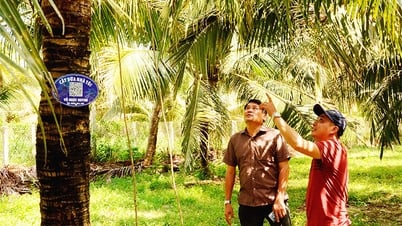





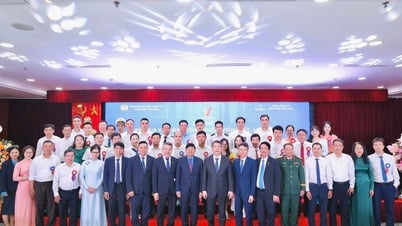

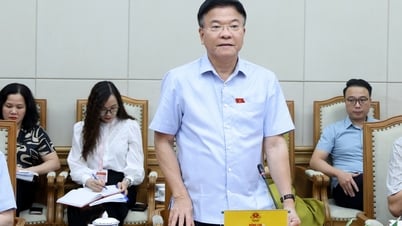
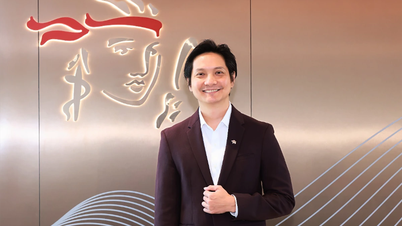


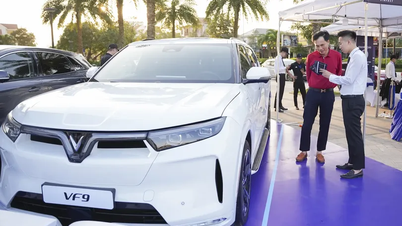

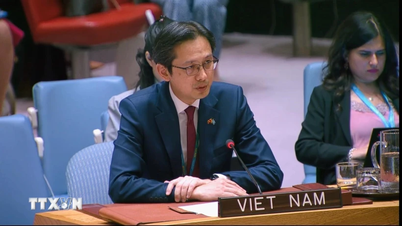
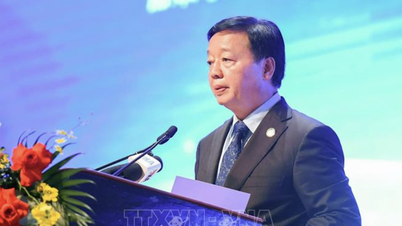


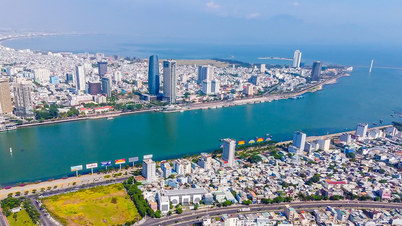

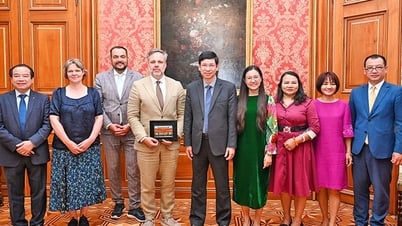

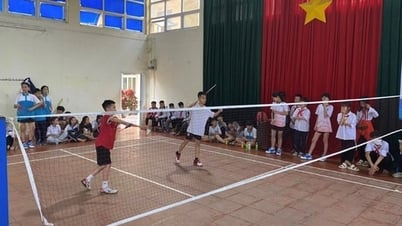
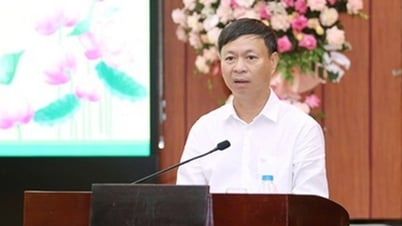

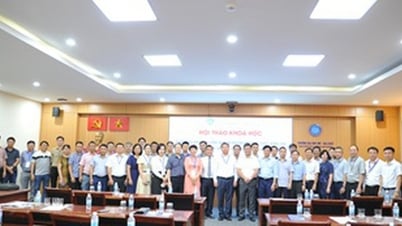
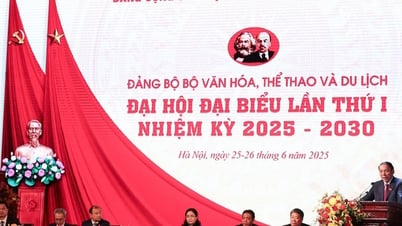








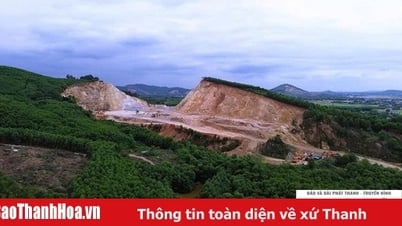
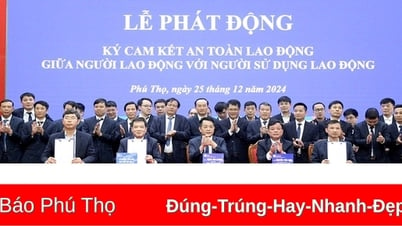

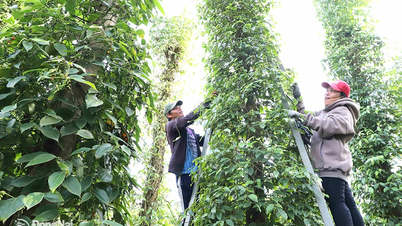















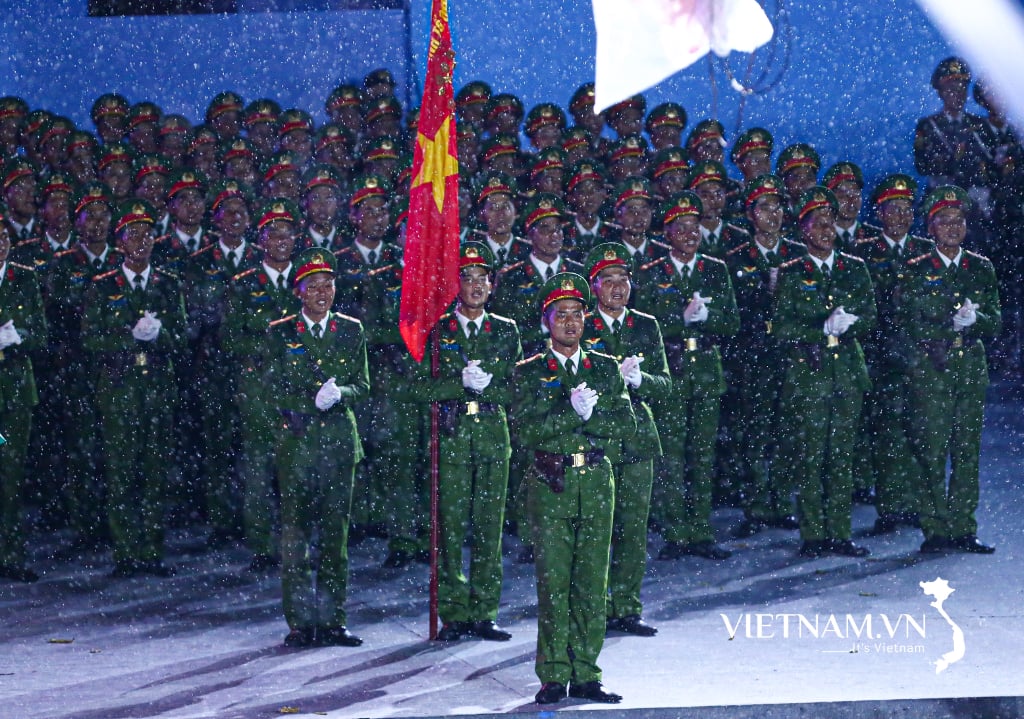
Comment (0)